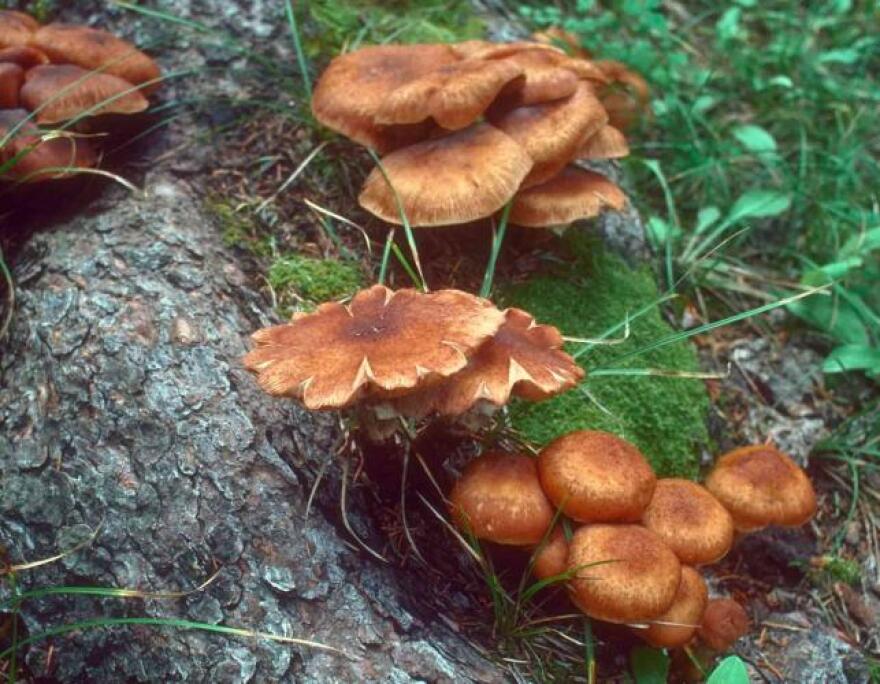Discover Nature this week with mushrooms in Missouri. As the fall air creeps up, mushrooms begin to make their way to the surface. Although spring is the most popular time for mushroom hunting, other edible mushrooms start to appear in late September.
Puffballs, usually found in lawns and open woods, appear rounded with no stalk. The size of the white or brown fungi ranges from 1 inch up to a foot in diameter! If squished, a powder of thousands of tiny spores is emitted, earning the name “puffball.” Bearded tooth, also known as lion’s mane, makes a fall appearance, too. Its bearlike white spines hang from tree trunks and fallen logs. After a good rain and mild weather, oyster mushrooms can also be found.
With fall just around the corner, consider hunting for these common Missouri mushrooms. But how can you tell if a mushroom is edible?
If you’re collecting mushrooms to eat, some of them could be deadly poisonous. The only way to tell if a mushroom is edible is by positive identification. If you’re interested in eating wild mushrooms, learn how to identify them. Take your time and use common sense: If you’re not 100% positive of the ID, don’t eat it!
While it may take a little time to build your knowledge, we recommend you do all the following:
•Go to workshops and forays. Join a mushroom club. You’ll see lots of mushrooms and learn what the identifying features are. Experts will help with your questions and recommend field guides and other resources.
•Collect and identify what you think is the same species repeatedly. Some mushrooms change appearance dramatically as they mature or even in different seasons.
•Show your finds to experts.
•Use multiple field guides. One picture is not enough! Read the descriptions carefully.
Learn more about Missouri mushrooms at MissouriConservation.org.



